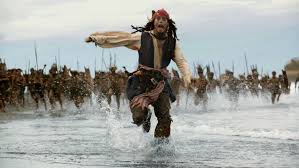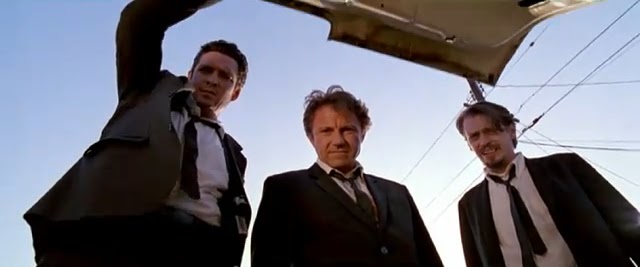Coursework research : Camera shots and angles
What are the different camera shots and angles?
Camera Shots:
| Extreme long shot |
Extreme long shots:This form of shot is taken from a long way away, up to a quarter of a mile, and is used to give a general impression of the scene as not much detailed will be included in the shot due to the distance. It is generally used as an scene-setting/establishing shot as it gives the general impression of what is about to take place; for example an exterior of a building or landscape within which action is taking/about to take place. The picture to the left is an example taken from Harry Potter, showing how this kind of shot can be used to set the scene and indicate to the audience where the next part of the story is about to take place.
 |
| Long Shot |
Medium shots:
 |
| Medium shot |
Close up shots:
This type of shot shows very little background and focus in on one aspect of the scene, such as writing on paper or a facial expression; as depicted by the picture on the right. It is used to attract the audience's attention to the more important aspects of the mis-en-scene which the film maker really wants us to notice. Due to the closeness of the shot, it also creates a sense of intimacy with the audience as in real life we would only let people we really trust get into that proximity of us, so the audience feels closer to the character being shown.
| Extreme close up |
Extreme close up shots:
This type of shot usually focuses in on an aspect of the mis-en-scene very dramatically, magnifying beyond what the human eye would naturally be able to see. Therefore it would not contain any
background at all, drawing the audience's full attention to that particular aspect as they have no choice but look at what is contained in the shot. As shown in the picture on the left, it adds a lot more definition to the shot and can thus be used for dramatic effect; such as showing the emotion in someone's eyes.
Camera angles
Birds eye view:
| Birds eye view |
High angle:
| High angle |
Eye level:
This is when the camera is positioned as if a human was actual observing the scene, thus at 'eye level'. This can make the audience feel more involved in the scene as it gives the impression that they are actually observing it as they are positioned as if they were there.
Low angle:
 |
| Low angle |
Oblique angle:
This is when the camera is titled, to suggest an imbalance/transition/instability. It can be used to give a point of view effect, so the audience feels like they are witnessing the events from the perspective of the character.
Camera movement
Pans:
A movement of the camera horizontally, usually following an object/character in the centre of the shot or can also be used to set the scene and show the setting to the audience. The camera is placed on a stationary axis to keep the camera level the entire shot.
Tilts:
This is the exact same as a panning shot, except instead of moving horizontally it moves vertically. It can be used to give the audience an entire view of a character, from head to foot.
Dolly shots:
This is when the camera is placed on a moving vehicle, for example a car or plane, and moves alongside the action; stereotypically following a character or object. This shot is very useful when tracking movement, such as in a car chase, or for acting as a transition between a long shot and a close up as the audience is gradually introduced to the character or object.
Hand held shots:
This kind of shot gives a jerky effect, as it is when someone just uses a hand held camera to capture the shot as the are going. It gives the audience a sense of realism, as they feel like they are part of the action rather than just someone watching detached from the scene.
Comments
Post a Comment